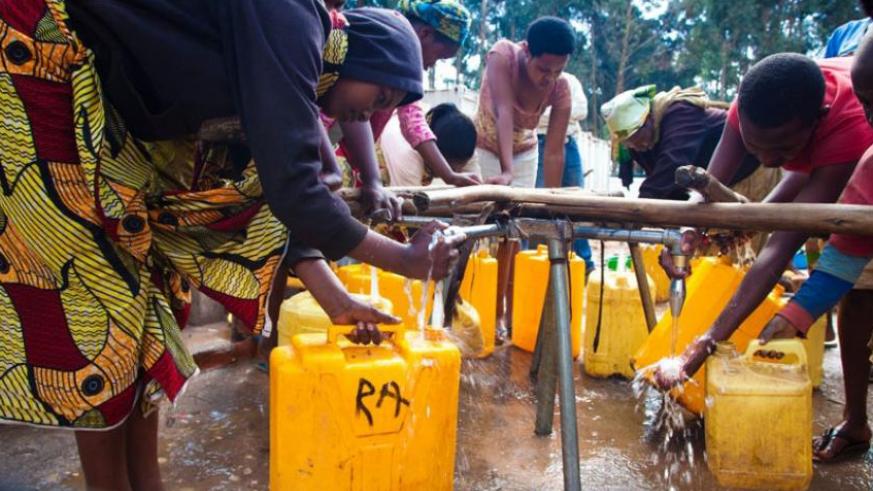Water is life and WASAC should be very much aware of it, but it seems that it has no immediate solution to the consistent dry taps.


Last year, the city of Cape Town in South Africa was on the verge of a major catastrophe, what came to be known as Day Zero, the day when the city would completely run out of water, the first major city to do so.
And that is despite the fact that it touches on both the Atlantic and Indian oceans, is a technologically advanced and wealthy state that could have desalinized the waters. But that was not to be; it was at the mercy of the elements.
Cape Town’s scare gave other African countries a wake-up call to plan properly for its growing population and the real dangers of global warming.
In Rwanda, we did not get to that extreme, but dry taps are becoming extremely frustrating.
Water is life and the Water and Sanitation Corporation (WASAC) should be very much aware of it, but it seems that it has no immediate solution to the consistent dry taps.
When Electrogaz, the former water and power utility was split up to create two separate entities; one for water and the other for power generation and distribution, it was aimed at improving efficiency, that is how EWSA – now renamed WASAC came about.
Some neighbourhoods go for months with no running water and depend on water vendors who are making a killing in this dry spell. This is not sustainable and is eating into the pockets of WASAC’s clients. To argue that water shortage is caused mostly due to the city’s topography holds no water.
Why can’t WASAC invest in water pumps to at least share the little water it produces – even for a few hours - with all areas and stop relying on gravity?
The water utility has given many promises and even deadlines to solve the issue, but as the Kinyarwanda proverb goes; "Amaso yaheze mukirere”- People are still waiting for manna to fall from heaven.
editorial@newtimes.co.rw


